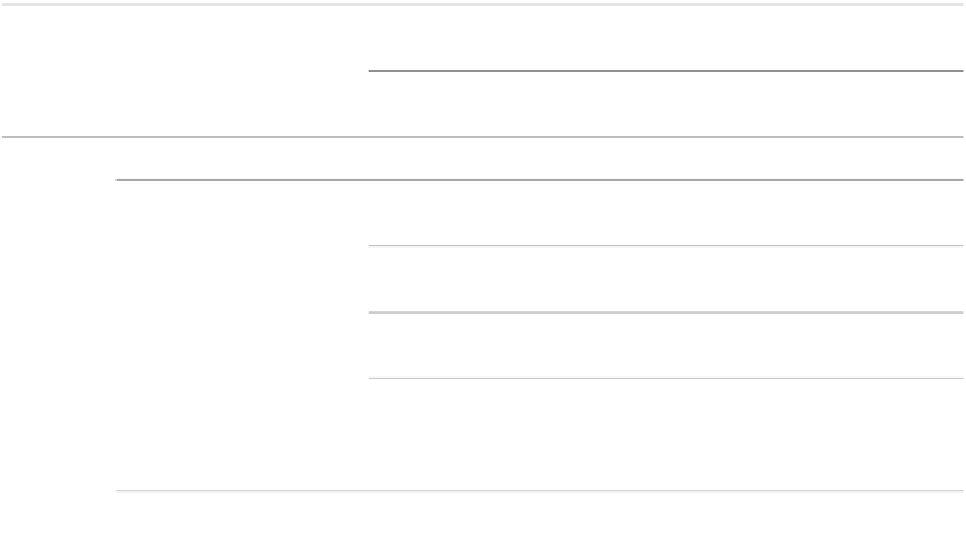Geoscience Reference
In-Depth Information
Table A8.1
Textural classifi cation of fault rocks based on Sibson 1977.
Matrix nature
Random fabric
Foliated
Percentage
matrix
Incohesive
Fault breccia (visible fragments
>
30% of rock mass)
?
Fault gouge (visible fragments
<
30% of rock mass)
?
Cohesive
Glass/devitrifi ed glass
Pseudotachylyte
?
Tectonic reduction in
grain size dominates
grain growth by
recrystallization
Crush breccia
(fragments
>
0.5 cm)
Fine crush breccia
(0.1 cm
<
fragments
<
0.5 cm)
Crush microbreccia
(fragments
<
0.1 cm)
0-10
Cataclasite series
protocataclasite
cataclasite
ultracataclasite
Mylonite series
protomylonite
mylonite
ultramylonite
10-15
50-90
90-100
Grain growth
pronounced
?
Blastomylonite
? indicates no known natural rock types in these categories.
A note on stereographic projections
Three-dimensional structural data are typically projected into a
two-dimensional form (as in Figure 8.12) using a lower
hemisphere stereographic projection technique. Traditionally,
this method used a graphical 'net': in the case of structural
data, the Schmidt net. This net allows analysis of angular
relationships and statistical evaluation of orientation data.
Projection, analysis and presentation of data are now routinely
handled by software applications on personal computers, but
were formerly accomplished by hand, using tracing paper and
a Schmidt net.
The projection results in planes plotting as great circle lines
(the curves in Figure 8.12), whereas linear structures plot as
points. To simplify plots with numerous planes, the pole (a
line orthogonal) to each plane may be plotted as a point,
instead of the great circle representing the plane.
A detailed treatment of the stereographic projection and its
uses can be found in Ragan (2009).







